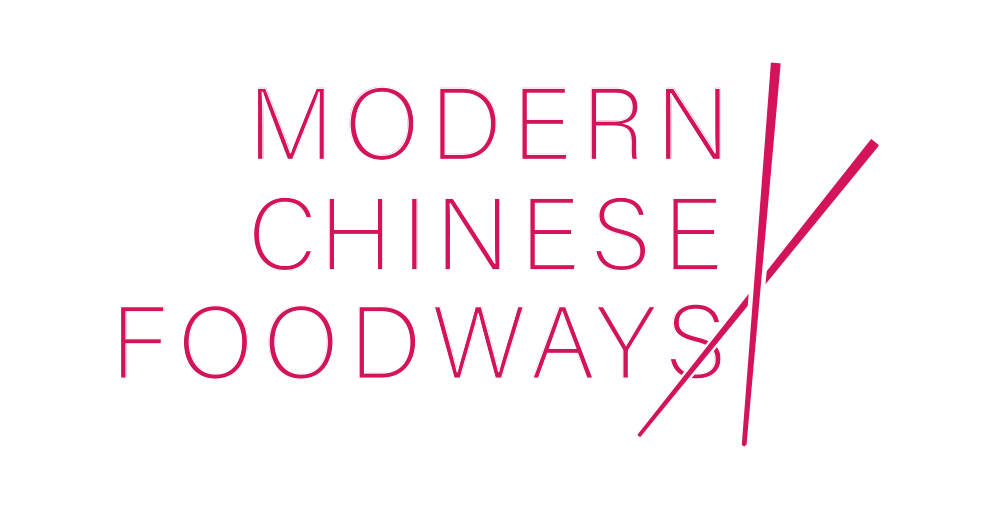ABSTRACT
The paper discusses how soy sauce as a traditional artefact can inform us on changing social fabrics in modern China. Even though the technology of soy sauce was recorded in print not later than the 14th century, the condiment did not become a popular food until the late 18th century and a global commodity in the early 20th century. The technological transformation of modern soy sauce in the 19th and early 20th century and its commodification reveals profound changes in agricultural resources, socio-political landscape, the China and regional markets in a period of competitive industrialization and intense globalization. “Scientific” technology also generated new values to this old artefact for a nation in quest of modernity.
